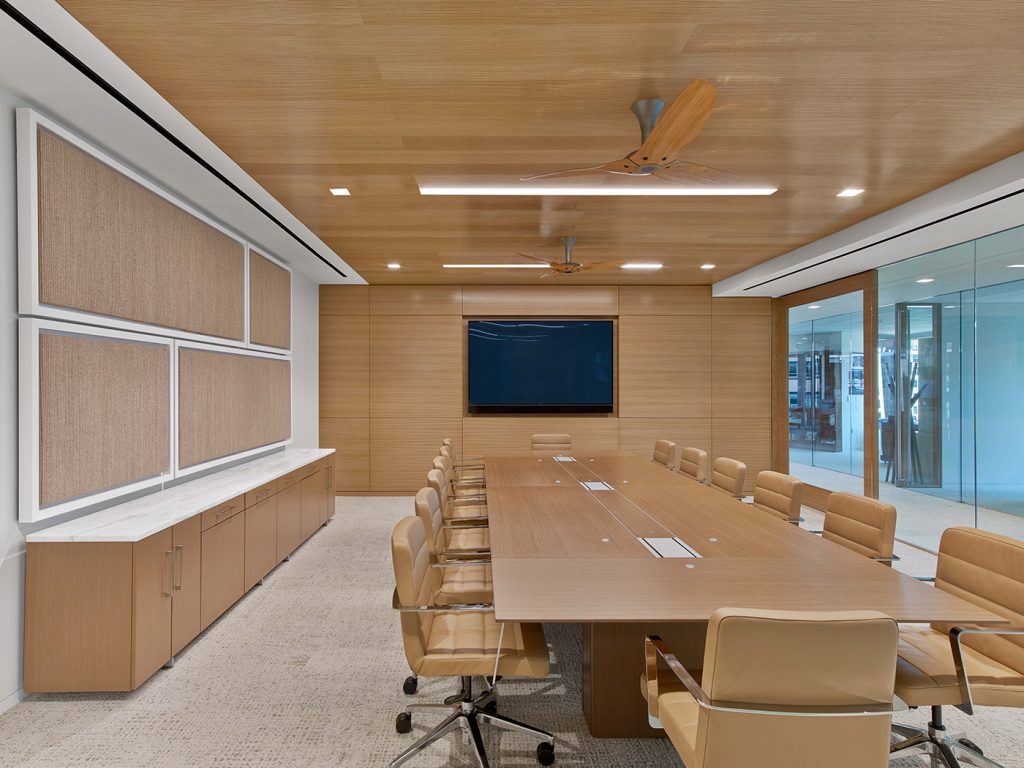In view of the White House, just off Farragut Square, sits a little catalyst for big change. The 7,000-square-foot headquarters of The Summit Foundation was the first building in Washington, D.C. to achieve Living Building Challenge 3.0 Petal certification from the International Living Future Institute. Moreover, it redefined what a sustainable project looks like.
The Living Building Challenge (LBC), a green building certification program, calls itself the “world’s most rigorous proven performance standard for buildings” by the International Living Future Institute. The LBC is composed of seven performance areas—Petals—that represent how a building should operate: as cleanly and efficiently as a flower. And like how a flower is a powerful symbol for both form and function, The Summit Foundation proved that design need not be sacrificed in pursuit of sustainable construction.
The Tesla of Workplace
Of the project’s four Petals—Place, Materials, Equity, and Beauty—the Materials Petal has the most precise requirements. All materials must be evaluated for responsible industry practices, sourcing/manufacturing location, and chemical makeup. (Not surprisingly, only a few projects to date have achieved this.)
A project stripped of excess was the path of least resistance to achieving the Petal, but this strategy evoked images of bare concrete, reclaimed wood, and exposed ceilings—not Summit’s preferred aesthetic. The goal was richly nuanced instead of austere, and complex versus simple, complete with top-of-the-line products and furniture. Together, we were going to make a Tesla.



